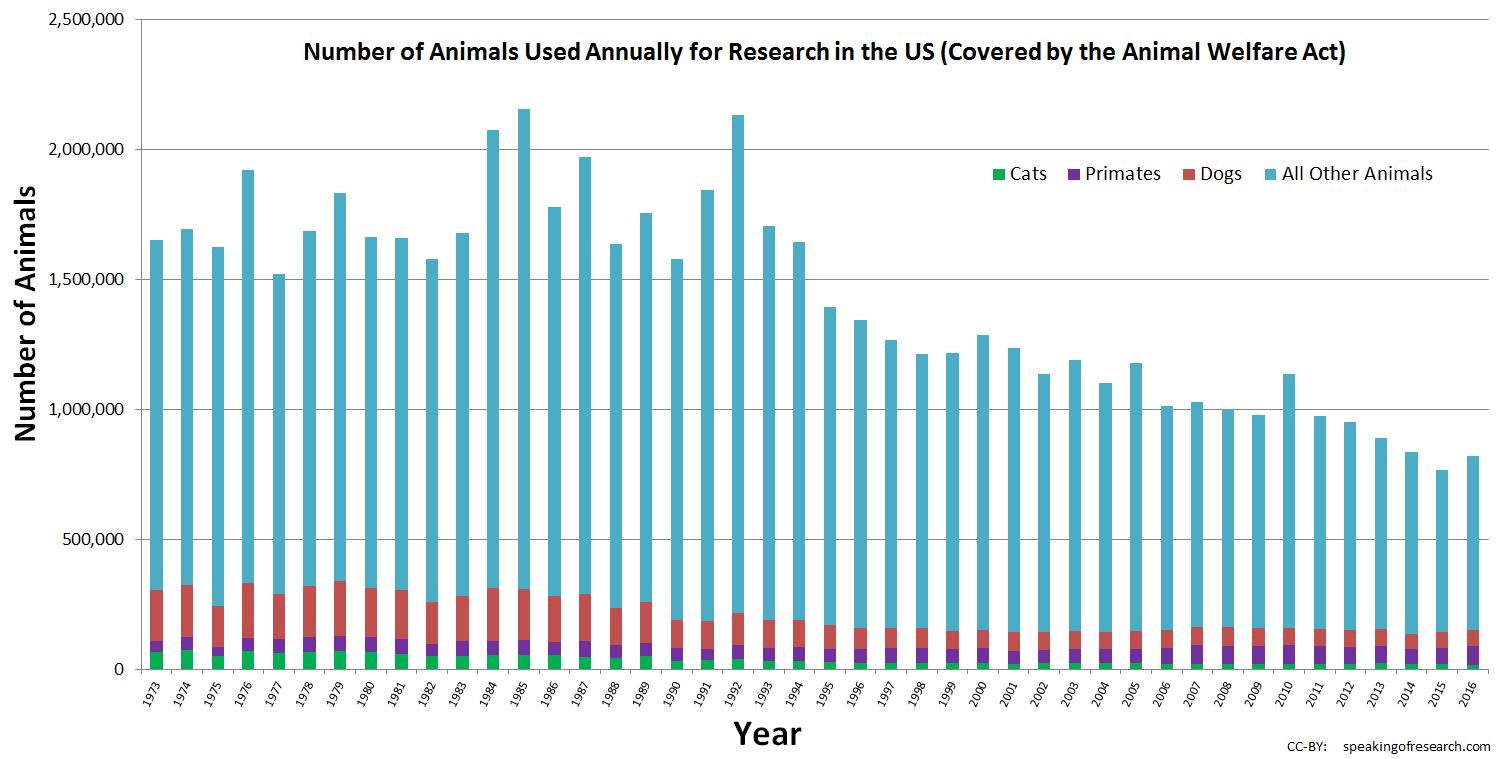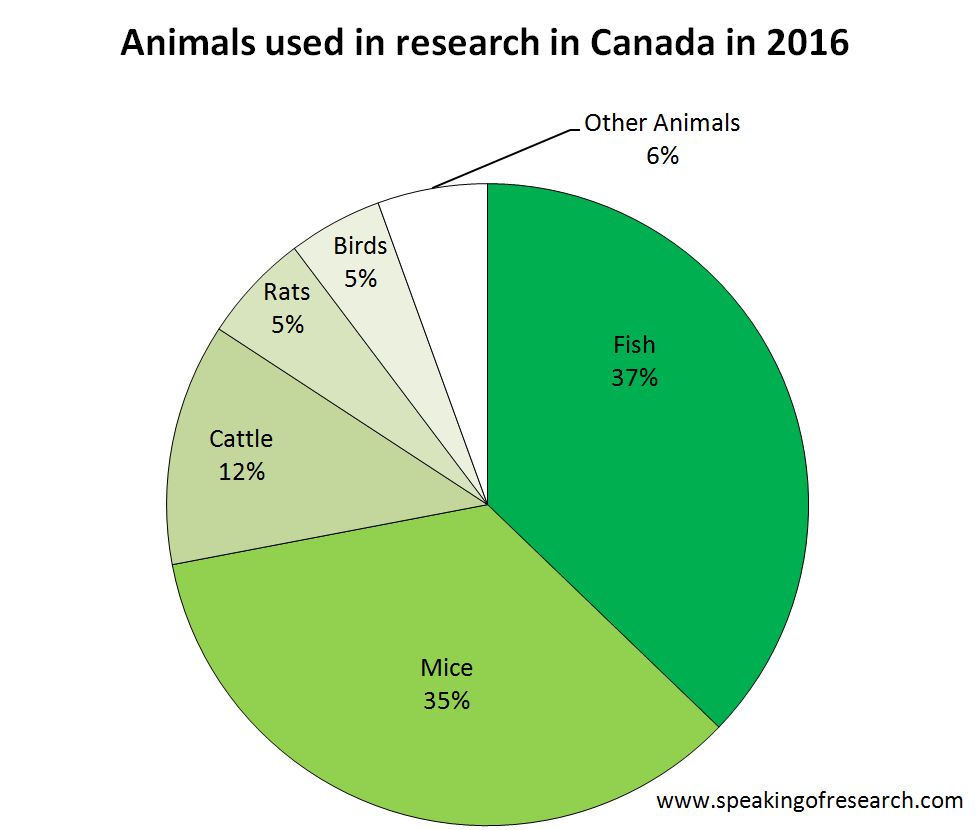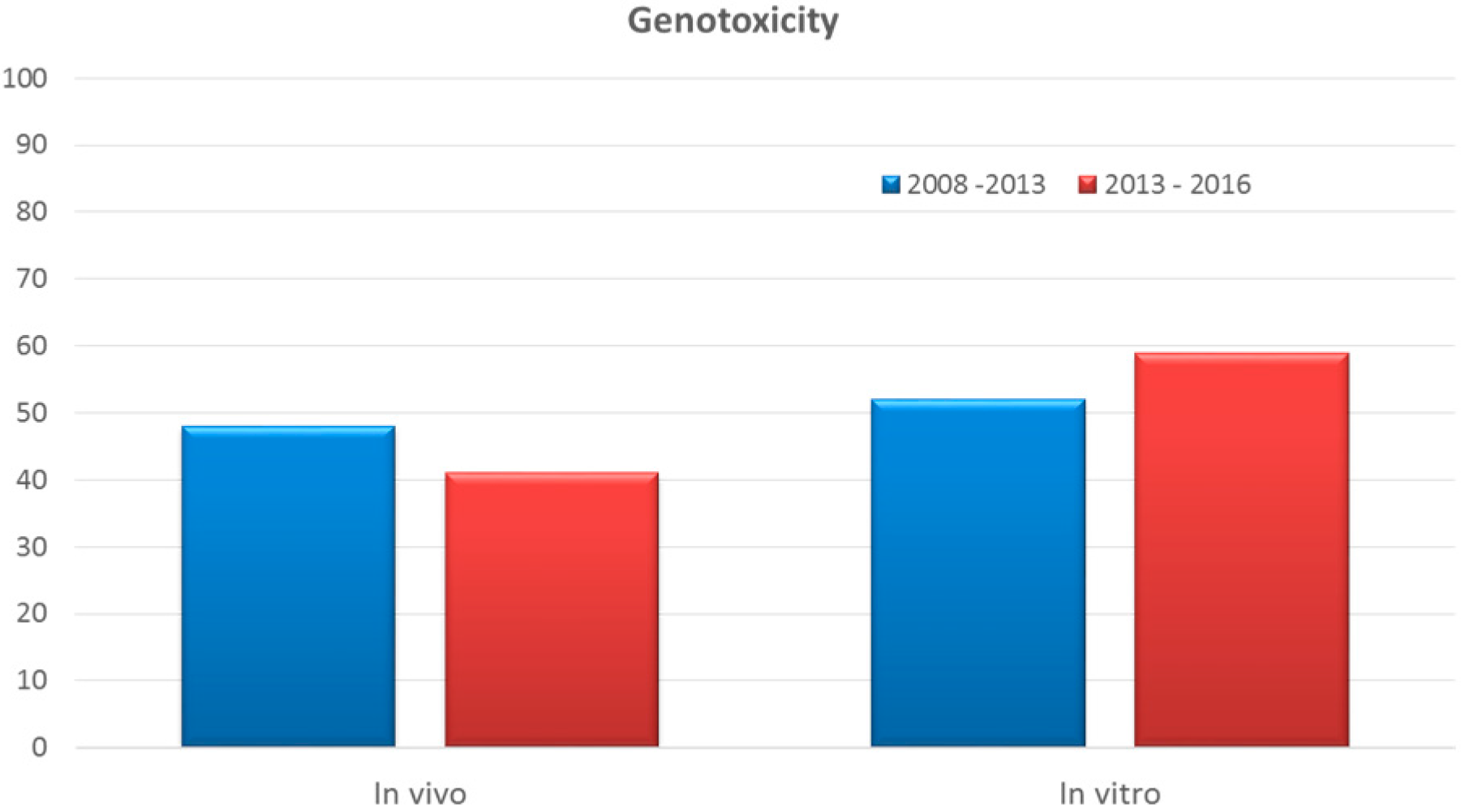Cosmetic Animal Testing Graphs
Cosmetic Animal Testing Graphs, Indeed recently has been hunted by consumers around us, perhaps one of you personally. People now are accustomed to using the internet in gadgets to view video and image information for inspiration, and according to the name of this article I will discuss about
If the posting of this site is beneficial to our suport by spreading article posts of this site to social media marketing accounts which you have such as for example Facebook, Instagram and others or can also bookmark this blog page.
Https Encrypted Tbn0 Gstatic Com Images Q Tbn 3aand9gcqdd7vuq6bglybo9hvyrhiens12zuyc6c7up2qzzdjip4xfcycu Usqp Cau Cosmetic Products Definition
Cosmetic animal testing experiments pictures.

Cosmetic products definition. These statistics do not include all animals as most mice rats and fish are not covered by the animal welfare act though they are still covered by other regulations that protect animal welfare. This includes both public and private institutions. In europe there is a lot of public support for ban on animal testing.
Abolishing animal testing on cosmetics is plausible. In 2018 us government statistics put the number of laboratory animals used in research at 780070 an increase of 57 from 2017. The laboratory animal cosmetic testing pictures expose the secret world of experimenting on live animals to test cosmetics lipsticks toiletries shampoos skincare deodorants colourants sun care make up mascara and other beauty products.
A look at the costs of animal testing provided by the national institute of health. On the contrary statistics show that there is a 23 increase in the number of animals used for testing. There are over 40 countries worldwide so far which banned or restricted animal testing on cosmetics and cosmetic ingredients but there is still a large part of the world where animal testing of cosmetics remains a practice.
In the earlier three years researchers have created several propelled contrasting possibilities to animal testing techniques which use of anthropological blood and simulated skin or computer replicas to test the health of animals. The european union introduced a ban on the testing of finished cosmetic products shampoo make up toothpaste etc on animals in 2004. By prohibiting the use of animals to test cosmetics and banning the import of animal tested cosmetics.
A longer term approach is to develop non animal tests that provide a broader range of human safety informationincluding information about cancer and. 50 of animals used in cosmetic testing die within 2 3 weeks after the experiment. The fdc act does not specifically require the use of animals in testing cosmetics for safety nor does the act subject cosmetics to fda premarket approval.
Five years later it also ended the testing of ingredients following this up with a ban on the import and sale of new cosmetics tested on animals abroad in 2013. The humane cosmetics act if enacted would end cosmetics testing on animals in the us. France which is one of the most influential nations in europe is against the ban.
On 3 may 2018 the eu parliament urged for a worldwide ban on testing cosmetics on animals by 2023. The united kingdom has banned cosmetic testing since 1990. 40 of the funds received are provided to animal testing in the name of research.
However the agency has consistently.

2013 Animal Research Statistics From The Home Office Understanding Animal Research Understanding Animal Research Cosmetic Products Definition






